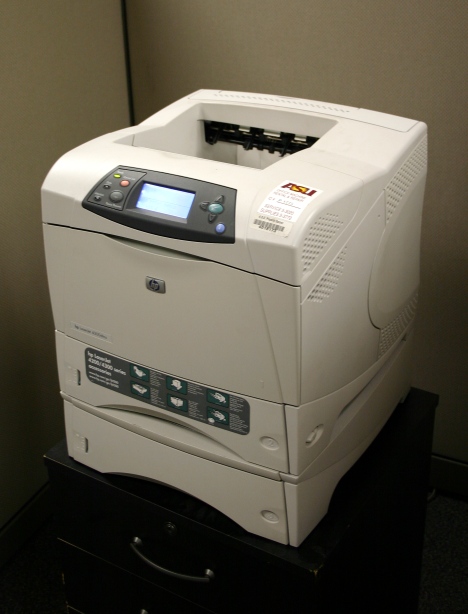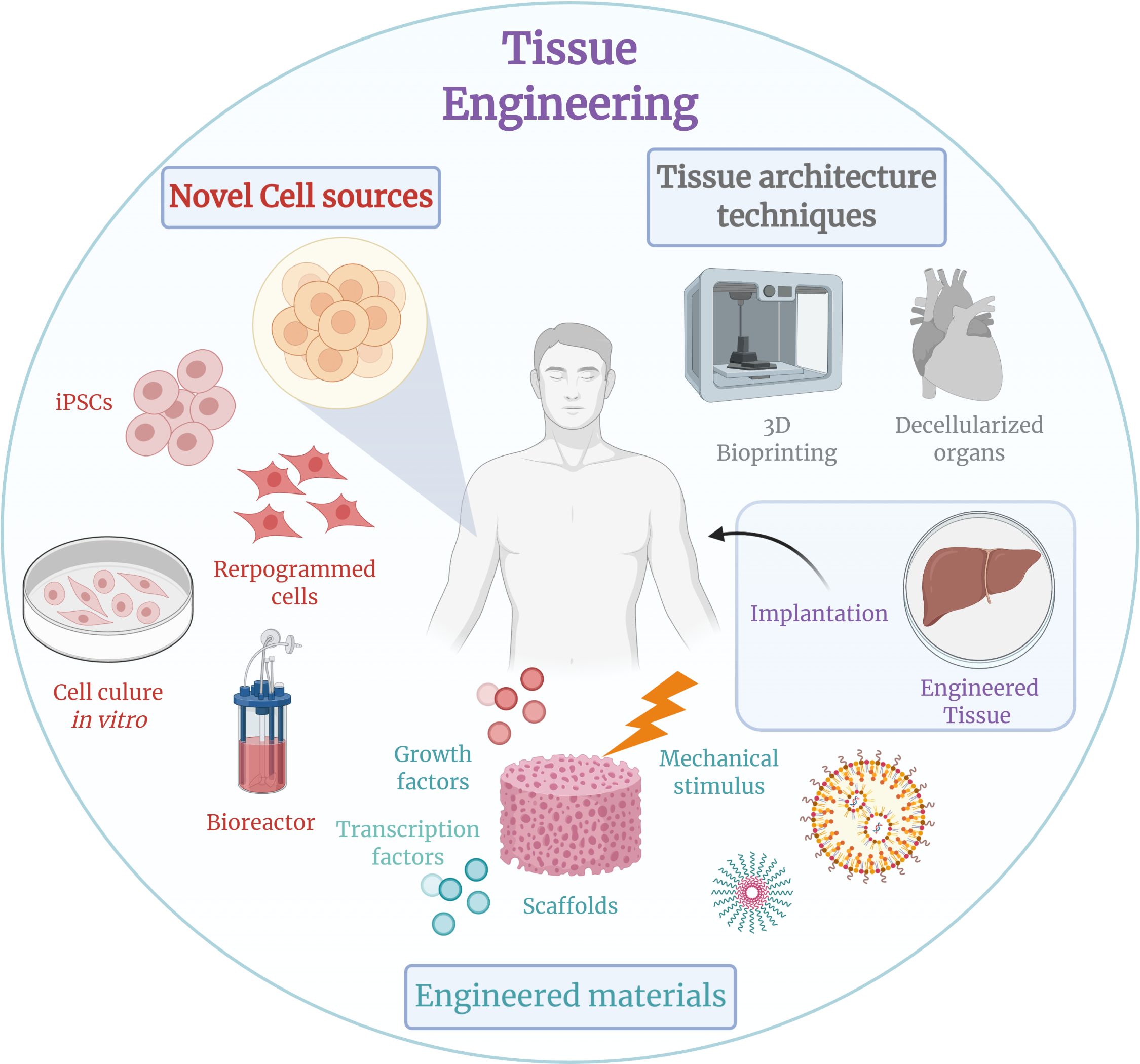|
Inkjet
Inkjet printing is a type of printer (computing), computer printing that recreates a digital image by propelling droplets of ink onto paper or plastic substrates. Inkjet printers were the most commonly used type of printer in 2008, and range from small inexpensive consumer models to expensive professional machines. By 2019, laser printing, laser printers outsold inkjet printers by nearly a 2:1 ratio, 9.6% vs 5.1% of all computer peripherals. The concept of inkjet printing originated in the 20th century, and the technology was first extensively developed in the early 1950s. While working at Canon Inc., Canon in Japan, Ichiro Endo suggested the idea for a "bubble jet" printer, while around the same time Jon Vaught at Hewlett-Packard (HP) was developing a similar idea. In the late 1970s, inkjet printers that could Digital printing, reproduce digital images generated by computers were developed, mainly by Epson, HP and Canon. In the worldwide consumer market, four manufacturers ac ... [...More Info...] [...Related Items...] OR: [Wikipedia] [Google] [Baidu] |
Solid Ink
Solid ink (also known as hot melt ink) is a type of ink used in printer (computing), printing. Solid ink is a waxy, resin-based polymer that must be melted prior to usage, unlike conventional liquid inks. The technology is used most often in graphics and large-format printing environments where color vividness and cost efficiency are important. Design Solid ink technology utilizes solid ink sticks, crayons, pearls or granular solid material instead of the fluid ink or toner (printing), toner powder usually used in printers. Some types of solid ink printers use small spheres or pucks of solid ink, which are stored in a hopper before being transferred to the printing head by a worm gear or melted as needed. After the solid ink is loaded into the printer, it is melted and used to print images on paper or any substrate in a process that can be similar to offset printing or standard printing. Solid ink printers require heated printheads. Continuous Inkjet (CIJ) began the Solid ... [...More Info...] [...Related Items...] OR: [Wikipedia] [Google] [Baidu] |
Laser Printing
Laser printing is an electrostatic digital printing process. It produces high-quality text and graphics (and moderate-quality photographs) by repeatedly passing a laser beam back and forth over a Electric charge, negatively charged cylinder called a "drum" to define a differentially charged image. The drum then selectively collects electrically charged powdered ink (toner (printing), toner), and transfers the image to paper, which is then heated to permanently fuse the text, imagery, or both to the paper. As with digital photocopiers, laser computer printer, printers employ a Xerography, xerographic printing process. Laser printing differs from traditional xerography as implemented in analog photocopiers in that in the latter, the image is formed by reflecting light off an existing document onto the exposed drum. The laser printer was invented at Xerox PARC (company), PARC in the 1970s. Laser printers were introduced for the office and then home markets in subsequent years by IBM ... [...More Info...] [...Related Items...] OR: [Wikipedia] [Google] [Baidu] |
Printer (computing)
A printer is a peripheral machine which makes a durable representation of graphics or text, usually on paper. While most output is human-readable, bar code printers are an example of an expanded use for printers. Different types of printers include 3D printers, inkjet printers, laser printers, and thermal printers. History The first computer printer designed was a mechanically driven apparatus by Charles Babbage for his difference engine in the 19th century; however, his mechanical printer design was not built until 2000. He also had plans for a curve plotter, which would have been the first computer graphics printer if it was built. The first patented printing mechanism for applying a marking medium to a recording medium or more particularly an electrostatic inking apparatus and a method for electrostatically depositing ink on controlled areas of a receiving medium, was in 1962 by C. R. Winston, Teletype Corporation, using continuous inkjet printing. The ink was a red sta ... [...More Info...] [...Related Items...] OR: [Wikipedia] [Google] [Baidu] |
Digital Printing
Digital printing is a method of printing from a Digital data, digital-based image directly to a variety of media. It usually refers to professional printing where small-run jobs from desktop publishing and other digital sources are printed using large-format and/or high-volume Laser printing, laser or inkjet printers. Digital printing has a higher cost per page than more traditional offset printing methods, but this price is usually offset by avoiding the cost of all the technical steps required to make printing plates. It also allows for on-demand printing, short turnaround time, and even a modification of the image (variable data) used for each impression. The savings in labor and the ever-increasing capability of digital presses means that digital printing is reaching the point where it can match or supersede offset printing technology's ability to produce larger print runs of several thousand sheets at a low price. Process The greatest difference between digital printin ... [...More Info...] [...Related Items...] OR: [Wikipedia] [Google] [Baidu] |
Giclée
Giclée ( ) describes Digital printing, digital prints intended as fine art and produced by inkjet printers. The term is a neologism, ultimately derived from the French language, French word ''gicleur,'' coined in 1991 by Printmaking, printmaker Jack Duganne. The name was originally applied to fine art prints created on a modified Iris printer in a process invented in the late 1980s. It has since been used widely to mean any fine-art printing, usually archival, printed by inkjet. It is often used by artists, galleries, and print shops for their high quality printing, but is also used generically for art printing of any quality. Origins The word ''giclée'' was adopted by Jack Duganne around 1990. He was a printmaker working at Graham Nash#Nash Editions, Nash Editions. He wanted a name for the new type of prints they were producing on a modified Iris printer, a Large format (photography), large-format, Image resolution, high-resolution industrial prepress proofing inkjet printer ... [...More Info...] [...Related Items...] OR: [Wikipedia] [Google] [Baidu] |
Epson
Seiko Epson Corporation, commonly known as Epson, is a Japanese multinational electronics company and one of the world's largest manufacturers of printers and information- and imaging-related equipment. Headquartered in Suwa, Nagano, Japan, the company has numerous subsidiaries worldwide and manufactures inkjet, dot matrix, thermal and laser printers for consumer, business and industrial use, scanners, laptop and desktop computers, video projectors, watches, point of sale systems, robots and industrial automation equipment, semiconductor devices, crystal oscillators, sensing systems and other associated electronic components. The company has developed as one of manufacturing and research and development (formerly known as Seikosha) of the former Seiko Group, a name traditionally known for manufacturing Seiko timepieces. Seiko Epson was one of the major companies in the Seiko Group, but is neither a subsidiary nor an affiliate of Seiko Group Corporation. History Origins T ... [...More Info...] [...Related Items...] OR: [Wikipedia] [Google] [Baidu] |
Piezoelectric
Piezoelectricity (, ) is the electric charge that accumulates in certain solid materials—such as crystals, certain ceramics, and biological matter such as bone, DNA, and various proteins—in response to applied stress (mechanics), mechanical stress. The piezoelectric effect results from the linear electromechanical interaction between the mechanical and electrical states in crystalline materials with no centrosymmetry, inversion symmetry. The piezoelectric effect is a reversible process (thermodynamics), reversible process: List of piezoelectric materials, materials exhibiting the piezoelectric effect also exhibit the reverse piezoelectric effect, the internal generation of a mechanical strain resulting from an applied electric field. For example, lead zirconate titanate crystals will generate measurable piezoelectricity when their static structure is Deformation (physics), deformed by about 0.1% of the original dimension. Conversely, those same crystals will change about 0.1 ... [...More Info...] [...Related Items...] OR: [Wikipedia] [Google] [Baidu] |
Iris Printer
An Iris printer is a large-format color inkjet printer designed for prepress proofing. It was introduced in 1985 by Iris Graphics, originally of Stoneham, Massachusetts, and is currently manufactured by the Graphic Communications Group of Eastman Kodak. It is also used in the fine art reproduction market as a final output digital printing press, as in Giclée. Prints produced by an Iris printer are commonly called Iris prints, Iris proofs or simply Irises. History The Iris printer was developed by Iris Graphics, Inc. originally of Stoneham, Massachusetts. Iris was founded in 1984 by two former employees of Applicon, Inc., Dieter Jochimsen and Craig Surprise, who had worked with Professor Helmuth Hertz of Lund University in Sweden, from whom Applicon had licensed the continuous-flow inkjet technology used in an Applicon-manufactured large-format printer. Jochimsen and Surprise were joined in founding Iris by John Oberteuffer and Richard Santos after being introduced by the U.S. ... [...More Info...] [...Related Items...] OR: [Wikipedia] [Google] [Baidu] |
Canon Inc
Canon Inc. (; Hepburn: ) is a Japanese multinational corporation headquartered in Ōta, Tokyo, specializing in optical, imaging, and industrial products, such as lenses, cameras, medical equipment, scanners, printers, and semiconductor manufacturing equipment. Canon has a primary listing on the Tokyo Stock Exchange and is a constituent of the TOPIX Core 30 and Nikkei 225 indexes. It used to have a secondary listing on the New York Stock Exchange. Name The company was originally named (). In 1934, it produced the ''Kwanon'', a prototype for Japan's first-ever 35mm camera with a focal-plane-based shutter. In 1947, the company name was changed to ''Canon Camera Co., Inc.'', shortened to ''Canon Inc.'' in 1969. The name Canon comes from Buddhist bodhisattva (), previously transliterated as Kuanyin, Kwannon, or Kwanon in English. History 1933–1970 The origins of Canon date back to the founding of Precision Optical Instruments Laboratory in Japan in 1933 by Takeshi Mitarai, ... [...More Info...] [...Related Items...] OR: [Wikipedia] [Google] [Baidu] |
Hewlett-Packard
The Hewlett-Packard Company, commonly shortened to Hewlett-Packard ( ) or HP, was an American multinational information technology company. It was founded by Bill Hewlett and David Packard in 1939 in a one-car garage in Palo Alto, California, where the company would remain headquartered for the remainder of its lifetime; this HP Garage is now a designated landmark and marked with a plaque calling it the "Birthplace of 'Silicon Valley. HP developed and provided a wide variety of hardware components, as well as software and related services, to consumers, small and medium-sized businesses (small and medium-sized enterprises, SMBs), and fairly large companies, including customers in government sectors, until the company officially split into Hewlett Packard Enterprise and HP Inc. in 2015. HP initially produced a line of electronic test and measurement equipment. It won its first big contract in 1938 to provide the HP 200B, a variation of its first product, the HP 200A low-distor ... [...More Info...] [...Related Items...] OR: [Wikipedia] [Google] [Baidu] |
Tissue Engineering
Tissue engineering is a biomedical engineering discipline that uses a combination of cells, engineering, materials methods, and suitable biochemical and physicochemical factors to restore, maintain, improve, or replace different types of biological tissues. Tissue engineering often involves the use of cells placed on tissue scaffolds in the formation of new viable tissue for a medical purpose, but is not limited to applications involving cells and tissue scaffolds. While it was once categorized as a sub-field of biomaterials, having grown in scope and importance, it can be considered as a field of its own. While most definitions of tissue engineering cover a broad range of applications, in practice, the term is closely associated with applications that repair or replace portions of or whole tissues (i.e. organs, bone, cartilage, blood vessels, bladder, skin, muscle etc.). Often, the tissues involved require certain mechanical and structural properties for proper functioning. ... [...More Info...] [...Related Items...] OR: [Wikipedia] [Google] [Baidu] |
Ink Jet Material Deposition
Ink jet material deposition is an emerging manufacturing technique in which inkjet technology is used to deposit materials on substrates. The technique aims to eliminate fixed costs of production and reduce the amount of materials used. Uses Anything that is produced using traditional printing techniques is a candidate for ink jet material deposition. In addition, the precision available with ink jet technology may be required for some industrial applications. Examples include: * Organic light-emitting diode display production. * Printed circuit boards are typically produced using screen printing, which is not cost-effective for prototyping or small production runs. Conductive ink Conductive ink is an ink that results in a printed object which conducts electricity. It is typically created by infusing graphite or other conductive materials into ink. There has been a growing interest in replacing metallic materials with n ... can be used to create circuit traces. Advantages * ... [...More Info...] [...Related Items...] OR: [Wikipedia] [Google] [Baidu] |









